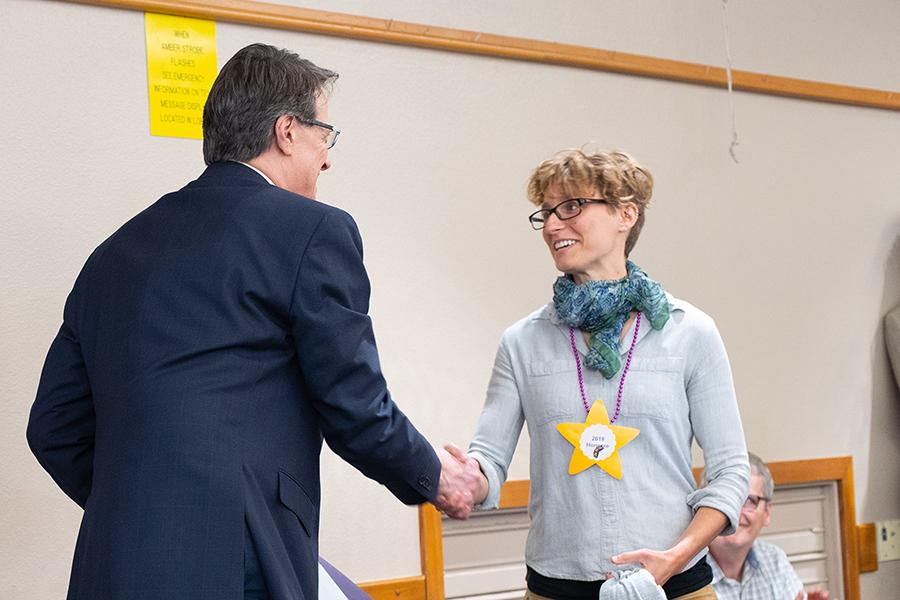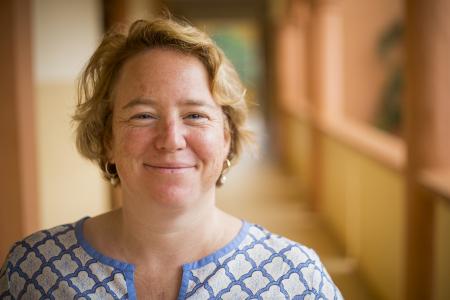Nine Facts about How Long We Live
By Tom Calver and Nassos Stylianou / BBC News
Women outlive men in 195 countries and in Russia they do so by 11 years. Ethiopians are living 19 years longer than in 1990 and people in the countries with the highest life expectancy live a staggering 34 years longer than those with the lowest.




